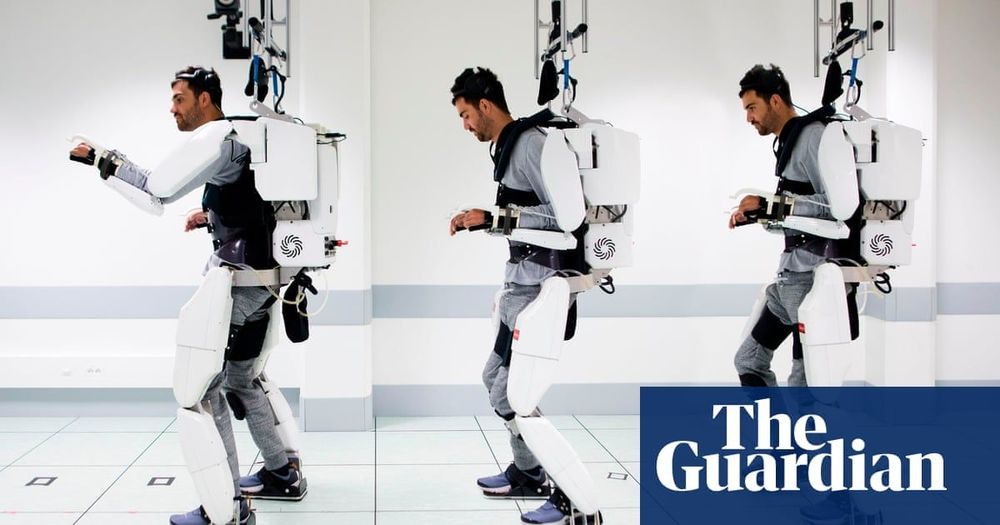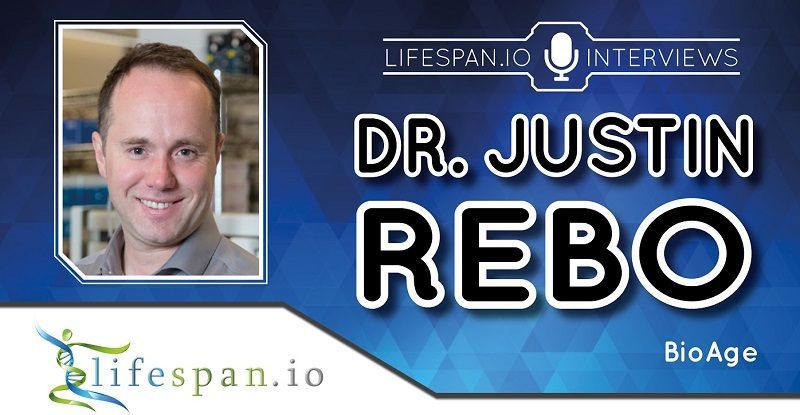US tech firm is among first leading overseas multinationals to establish foothold in southern China boomtown.
Trade wars and a global economic slowdown are creating more opportunities for companies looking for better, cheaper automated options.
A fourth gravitational wave detector, this one in Gifu Prefecture, Japan, will join the global search for cosmic events that cause ripples in spacetime, beginning this December.
The Kamioka Gravitational-Wave Detector (KAGRA) is in its commissioning phase, according to a press release, and will join the two LIGO detectors in the United States well as the Virgo detector in Italy. The three facilities will share data, serving as independent verifiers of each other’s results.
My mission is to drastically improve your life by helping you break bad habits, build and keep new healthy habits to make you the best version of yourself. I read the books and do all the research and share my findings with you!
This video is “Day 1” of RAADfest 2019 in Las Vegas. I discuss various products, companies & topics that are on display at RAADfest. I will do my best at RAADfest to interview longevity experts like James Strole, Bernadeane, Liz Parrish, Dr. Aubrey de Grey, Dr. Bill Andrews, Dr. Ed Park, Dr. Duncan Ross, Ben Goertzel, Bill Faloon and hopefully many more. I’ll bring you all the major updates from RAADfest!
I’ll be sharing daily RAADfest Roundups this week on my YouTube channel.
- Please consider a donation to me: My Bitcoin Cash (BCH) address: qr9gcfv92pzwfwa5hj9sqk3ptcnr5jss2g78n7w6f2 or https://paypal.me/BrentNally
- Forever Labs 1 year free cryogenic storage discount code ($250 value): BN801
- Forever Labs website: https://foreverlabs.com
- Instagram: https://instagram.com/brent.nally/ & @cryptotravelcouple @Mrs_Nally_
- Facebook: https://facebook.com/brent.nally
- LinkedIn: https://linkedin.com/in/brentnally
- Twitter: https://twitter.com/BrentNally
- Patreon: https://patreon.com/user?u=9451534
A first: paralyzed man uses brain signals to control a robot exoskeleton.
Doctors who conducted the trial said though the device was years away from being publicly available, it had the potential to improve patients’ quality of life and autonomy.
The patient, identified only as Thibault, 28, from Lyon, said the technology had given him a new lease of life. Four years ago his life was permanently changed when he fell 40ft (12 metres) from a balcony, severing his spinal cord and leaving him paralysed from the shoulders down.
“When you are in my position, when you can’t do anything with your body … I wanted to do something with my brain,” Thibault said.
Everything is Code
Posted in biotech/medical, genetics, neuroscience
One of the most astonishing revelations might be that information equals reality. In other words, the basis for our material reality is actually immaterial information. Pattern and flow of information is what defines our experiential reality.
Everything boils down to the binary code of Nature. This is a basic tenet of Digital Physics which is the science of information. Nature computes. Deep down we are information technology. We run on genetic, neural and societal codes. Our DNA-based biology is clearly code-theoretic. We are alphabetic all the way down. We communicate intersubjectively mind-to-mind via language-structured exchange of information.
A recent study shows that human speech is transmitted at about 39 bits a sec. Idealist philosopher Terence McKenna used to say that “The world is made of language and if you know the words the world is made of you can make of it whatever you wish.”
“I don’t want to interrupt Lucas’ neurodevelopment — he’s on the same path that a child his age would normally be,” Vogel said, adding that he’s started eating baby cereal and baby food. “We intervene with the best intentions and then possibly delay someone’s recovery — I don’t want to stunt his growth or neurodevelopment.”
In the future, Vogel said they will work with his family on cosmetic goals as well but that he has normal facial features, meaning the area the will need to address is the top of his skull. He added that the more bone he develops the more of his own tissue they can use, which will “lead to a better outcome.”
Vogel said the waiting has also paid off, as at a recent visit with Lucas he was lifting his head and trying to crawl, which is something a babies typically master between six and 10 months of age.
Ancient Scrolls Charred
Posted in futurism
The scrolls may have belonged to Julius Caesar’s father-in-law before Vesuvius carbonized them in 79 A.D.
At the Ending Age-Related Diseases 2019 Conference in New York City, we had the opportunity to interview Dr. Justin Rebo from the drug discovery biotech company BioAge.
BioAge is developing a drug discovery platform that uses machine learning and artificial intelligence to discover targets that have the potential to promote healthy lifespan (healthspan) by slowing down aging and the ill health that it brings.
As the vice president of in-vivo biology at BioAge, Dr. Rebo leads the company’s internal in-vivo platform to find and assess the viability of new druggable targets for aging diseases and biomedical regeneration. With considerable business as well as academic experience in the aging field under his belt, Justin joined the BioAge team in 2018.
Lunar lander developer Intuitive Machines has signed a contract with SpaceX for its first mission to the moon. The company announced this week that a Falcon 9 will launch its Nova-C lander in 2021 as part of a rideshare mission, but terms of the deal were not disclosed. The company won a contract from NASA in May to carry five payloads to the moon on that mission as part of the agency’s Commercial Lunar Payload Services program. Separately, a federal appeals court this week upheld a verdict in favor of the company in a suit against Moon Express, another commercial lunar lander company. That suit, involving work disputes between the companies, led to Intuitive Machines receiving $4.1 million in cash and stock. [SpaceNews]
Maxar Technologies awarded a contract to Deployable Space Systems to manufacture flexible solar arrays for the first element of NASA’s lunar Gateway. The contract this week is for a pair of Roll Out Solar Array solar panels, each capable of producing 32.5 kilowatts of power. The arrays will be used on the Power and Propulsion Element that Maxar is building for NASA that will serve as the foundation for the Gateway in orbit around the moon. [SpaceNews]
A startup planning propellant depots in orbit for refueling satellites has raised $3 million. OrbitFab announced Thursday it raised the seed round of funding from venture capital fund Type 1 Ventures, Techstars and others. The company is working on technology to allow for refueling of satellites using small depots in orbit, and recently tested that technology on the International Space Station. At a conference in Washington earlier in the week, the company said it was still working on raising a funding round but hopes to have its first tanker in orbit by the end of next year. [TechCrunch].









